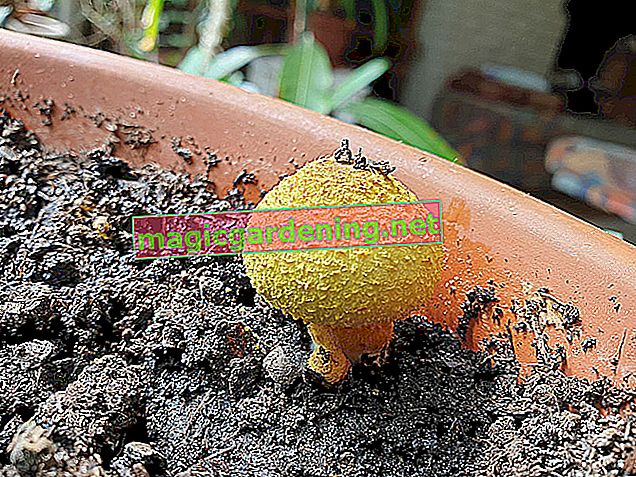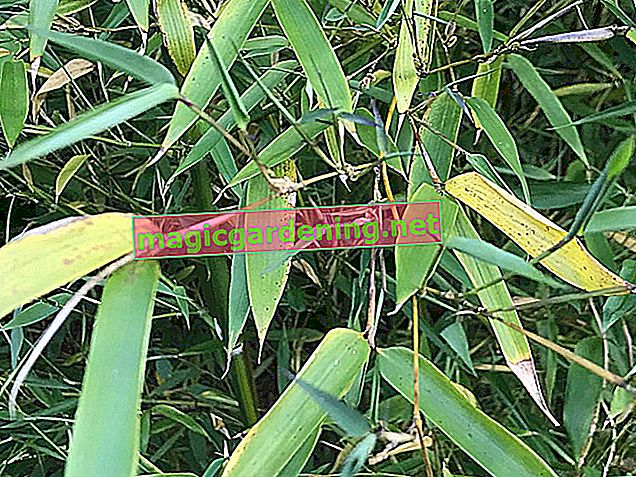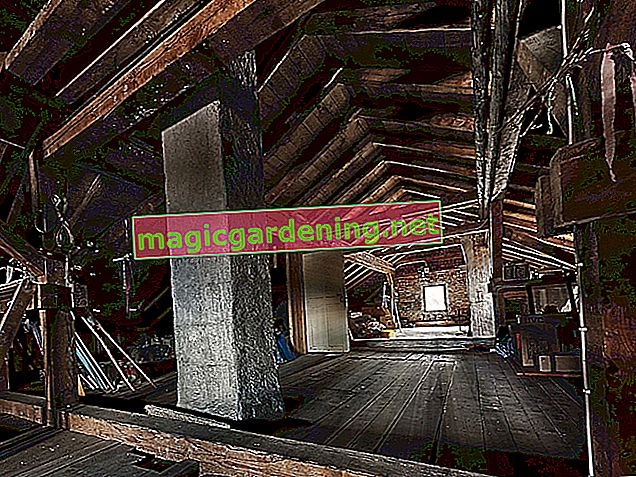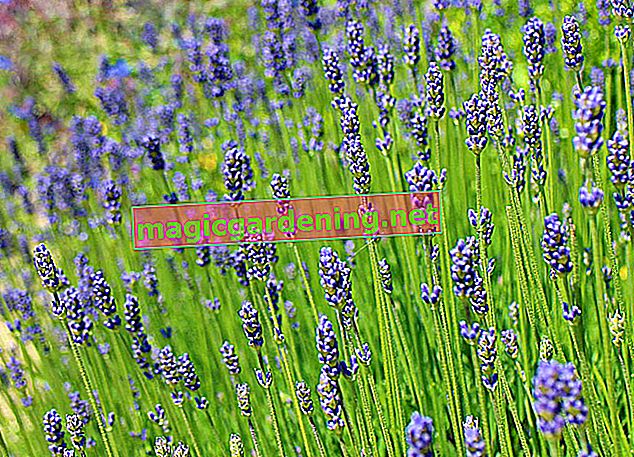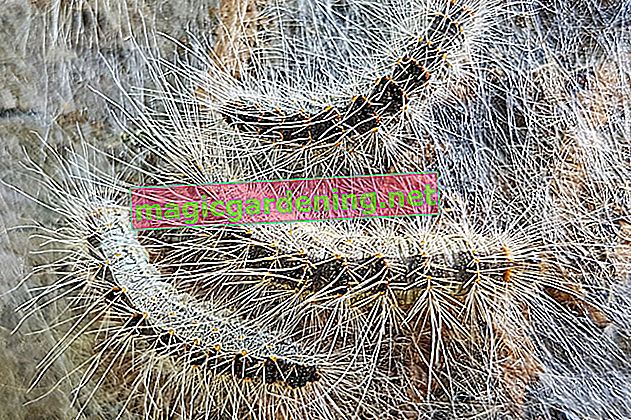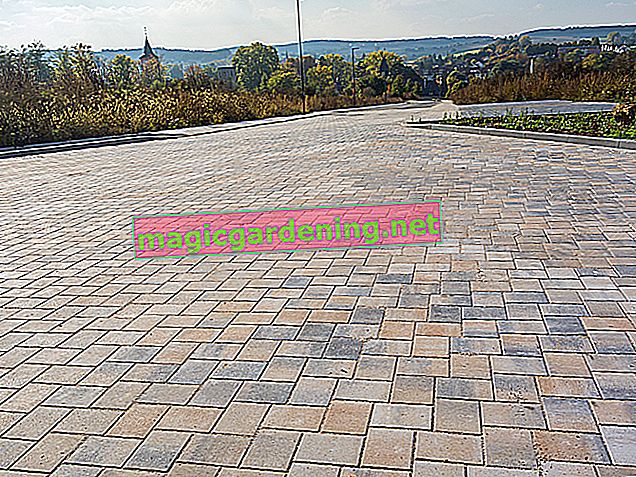
Even the ancient Romans knew the advantages of joint sand
The principle of pavement slab and fine joint sand was already used by the ancient Romans for road construction. Many of their paths are still completely intact today and hardly overgrown by weeds. Reason enough to take advantage of the advantages in your own garden too.
also read
- Effective means of permanently removing weeds in pavement joints
- Rock flour: helpful in the fight against weeds
- Tips and tricks on how to remove weeds effectively
Weed-inhibiting joint sand consists of quartz sand (€ 14.90 at Amazon *) whose minerals hardly contain any nutrients. In addition, the sand was broken up to ensure optimal compaction. As a result, it penetrates deep into the finest cracks of one millimeter and completely fills the cavities. Even though this special sand is so compacted, it retains its water-permeable properties.
The material has a very high pH value and thus creates conditions similar to those in the deserts. Weed seeds hardly have a chance to germinate and you don't even have to ask yourself the question: "How do I get weeds out of my paving stone joints?"
How is the sand used?
Before you can apply the jointing sand, you have to reach for the joint scraper again. Flaming the weeds is not enough, as this method leaves roots in the ground. Carefully remove any greenery so that weeds that have already emerged do not grow through the fresh joints.
It continues as follows:
- Sweep everything off well.
- Clean stones with a high-pressure cleaner (€ 89.00 at Amazon *).
- Let the plaster dry completely.
- Empty the required sand in the middle of the area.
- Mix well with a shovel.
- Sweep the quartz sand into the cracks diagonally to the joints with a soft broom.
- For larger areas, it makes sense to compact the joint sand using a vibrating plate with a protective mat (€ 207.64 on Amazon *).
- Alternatively, you can sludge this with a water jet that is not too hard.
Repeat the process several times until all joints are completely filled. A spatula should only be able to be pressed a few millimeters into the joint, then this is optimally filled.
Make sure that there are no unwanted sinks in which dust and earth could collect. Weed seeds could sprout again at these points. The reward for very precise and thorough work is weed-free joints for years.
Excess joint sand is simply brushed off. The next rain shower washes the last residue off the surface.
How often does this work have to be repeated?
Unlike concrete, sand does not form a firm bond with the stones. Over time, it is washed out by water and carried away by wind. Small depressions are created in which soil is deposited and weeds provide an optimal breeding ground. Therefore, you should regularly brush in fresh quartz sand every few years.
Tips
This special jointing sand is available in different color nuances so that you can give the terrace or courtyard entrance an interesting, high-contrast look through the new jointing.



